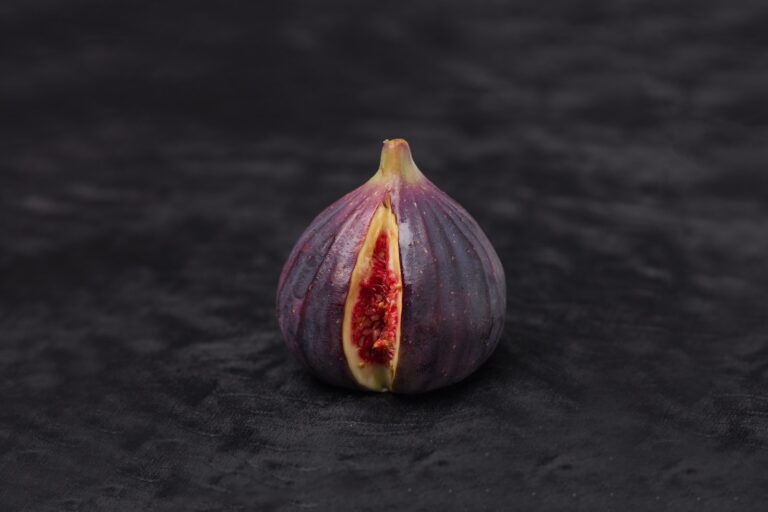Everyone’s lady parts are different, and that includes their color. From pink to purple, there are a lot of ways a vulva can look.
It’s normal for the skin of the vulva, anus, and clitoris to be darker than other body areas. That’s especially true during sexual arousal, when blood flow to those areas increases.
Causes
As a woman ages, changes to her vulva and vagina can occur. These are usually normal and related to hormones. Discoloration of the labia majora is common with age, especially when estrogen declines, causing blood flow to reduce in the area. This results in the skin becoming darker, and may be accompanied by itchiness.
The vulva and vagina vary in shape, size, and color from person to person. Many of these variations are normal, but some can be a sign of an infection or disease.
Bumps, rashes, redness, itching, and lesions on the vulva and vagina can indicate a variety of conditions, including yeast infections (also known as vulvovaginitis) and cervical cancer. Infections can also be caused by bacteria, viruses, or chemicals in creams and sprays. Other causes of itching and pain include genital herpes, which can cause painful ulcers that appear on the inside and outside of the vulva.
Other causes of vaginal and vulva irritation include wearing tight-fitting clothing, scented soaps and lotions, douches, tampons and pads, colored and perfumed toilet paper, and certain contraceptives. Avoid these products, as they can disturb the delicate balance of good bacteria in the vulva and lead to an overgrowth of the fungus Candida albicans. This can then cause an itchy, scaly rash called Lichen simplex chronicus. The condition may be aggravated by friction.
Symptoms
Dark spots on the vulva can be caused by common things like aging, friction, and hormones or by more serious things like infections, PCOS, and cancer. It is important to familiarize yourself with your normal pigment on the vulva so that you can spot any changes quickly. Regular vaginal self-exams can help.
A dark bluish or purple color on the vulva, labia, and/or cervix can be one of the first signs that you are pregnant. This is called Chadwick’s sign and is due to an increase in blood flow to the area. This is one of the many amazing ways that your body adapts to becoming a mom.
Other symptoms of pregnancy can include a sticky, yellow or yellow-green discharge, spotting outside the menstrual cycle, pain with sexual intercourse, and changes in the appearance of the top of the cervix (the entrance to the womb). A change in the shape or size of your vulva or clitoris may also be a sign that you are pregnant.
If you are experiencing any of these symptoms, seek medical attention as soon as possible. Some conditions that cause a darkening of the vulva, like bacterial vaginosis or Trichomoniasis (which causes a greenish-yellow discharge and itching), can be treated with over the counter antifungal creams, such as Metrogel and Cleocin, or prescription antibiotics such as Flagyl tablets.
Treatment
The skin in your vulva can change color over time, especially if you have fair hair or skin. Depending on the reason, this change can be normal. But it’s important to get to know your vulva and become familiar with the pigmentation there so you can spot when something isn’t right.
If your vulva becomes purple, it’s best to talk to your doctor. Your gynecologist or dermatologist can give you a better idea of the cause of your vaginal discoloration and recommend treatment, if needed.
Pregnant women can experience dark purple spots on the vulva, too, thanks to hormonal shifts and adjusted blood flow. If the spotting is associated with cramping or other symptoms, call your doctor immediately.
Lichen simplex is another condition that causes scaly, itchy, purple patches on the vulva and anus. It often appears in post-menopausal women, and it’s most common on the vulva and anus but can spread to thighs and buttocks, as well. Treatment usually includes antifungal creams.
Genital herpes (HSV) can cause painful ulcers that look like scabs or blisters, and they may grow to the point of blocking your vaginal opening and making sex difficult. Treatment options for genital herpes include antiviral medications that reduce the duration and intensity of outbreaks. Avoiding contact with infected partners and consistent use of condoms can help prevent transmission.
Prevention
Your vulva is unique in many ways. Its color, clitoris, pubic hair, and even its smell contribute to what makes it yours alone. It’s normal for your vulva to vary in pigment, and most changes are not concerning unless they include other symptoms like itching or burning. The best thing you can do is to be familiar with how your genitals typically look, and regularly examine them. This way, you can spot when a change isn’t normal and get it checked out.
Most people see their labia, or vaginal lips, darken over time. This is most common in women with fair skin. However, this darkening may not occur in everyone. It’s also possible for your vulva to become lighter than the rest of your private area, especially if you have darker skin tones in the other areas.
A lot of women are uncomfortable with the appearance of their vulva, particularly its color. Some are so self-conscious that they seek out labiaplasty, a cosmetic surgery to shorten their labia minora, or labia lightening treatments, which often involve bleaching creams. These treatments are unnecessary, and can be harmful. The truth is, there is no one “normal” vulva. If you’re concerned about the way yours looks, try checking out a digital gallery such as The Labia Library or Great Wall of Vagina to see how others’ vulvas look.
See Also:






